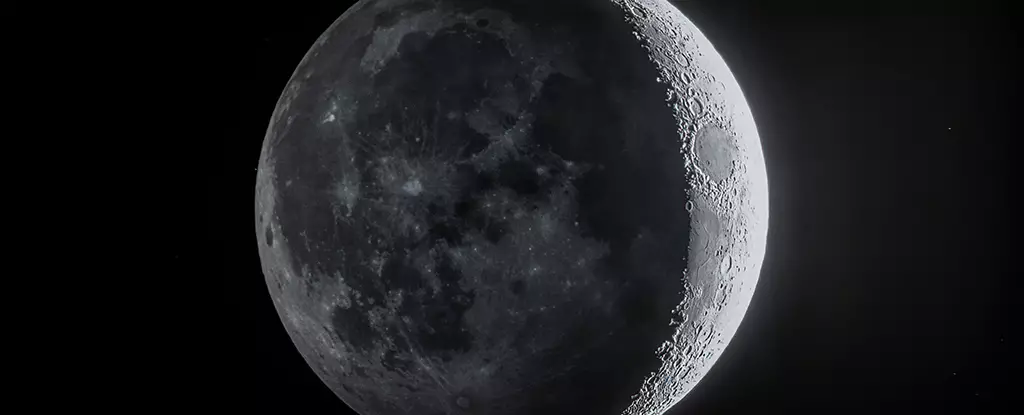The presence of ice on the Moon has been a topic of interest for scientists, but its origin still remains uncertain. Recent research suggests that electrons, originating from both Earth and the Sun, are playing a significant role in the formation of frozen water on the lunar surface. These electrons reach the Moon as it passes through Earth’s magnetotail, a region left behind by our planet as it moves through space. Within the magnetotail, a plasma sheet is formed, consisting of highly charged electrons and ions derived from Earth’s atmosphere and the Sun’s solar wind radiation.
Scientists have previously studied the impact of Earth’s magnetotail and its associated magnetosphere on the formation of water on the Moon. Earth’s magnetosphere is created when its magnetic field repels the solar wind from the Sun, causing various effects. The magnetosphere, along with the magnetotail it forms, provides a natural laboratory for investigating the processes involved in the creation of lunar surface water. When the Moon is outside of the magnetotail, it experiences an influx of solar wind that causes the lunar surface to be bombarded. Conversely, when the Moon is within the magnetotail, the presence of solar wind protons is expected to drop significantly, leading to a decrease in water formation.
Contrary to previous assumptions, remote analysis suggests that water formation continues to occur on the lunar surface even when it is shielded from solar winds within the magnetotail. This indicates the involvement of other factors, such as electrons. High-energy electrons may react with the lunar soil, releasing trapped hydrogen that subsequently combines to form water. These electrons in the magnetotail exhibit similar effects as the solar wind protons. Thus, it is possible that new formation processes or additional sources of water exist within the magnetotail, separate from the implantation of solar wind protons.
To confirm these findings, additional observations and experiments on the lunar surface are necessary. The proposal that electrons contribute to the formation of lunar water adds another layer of complexity to understanding the origin of water on the Moon. Furthermore, these discoveries highlight the intricate relationship between Earth and its Moon. The presence of water on the lunar surface, as well as the rusty lunar poles previously discovered, demonstrate the strong connection between the two celestial bodies in ways that have not been fully recognized.
The mystery of lunar water is slowly being unraveled, with researchers identifying the possibility of electrons playing a significant role in its formation. This new understanding challenges previous assumptions about the sources of lunar water and emphasizes the need for further investigation. As scientists continue to explore the Moon and its environment, they are inching closer to uncovering the origin and nature of water on our closest celestial neighbor.


Leave a Reply